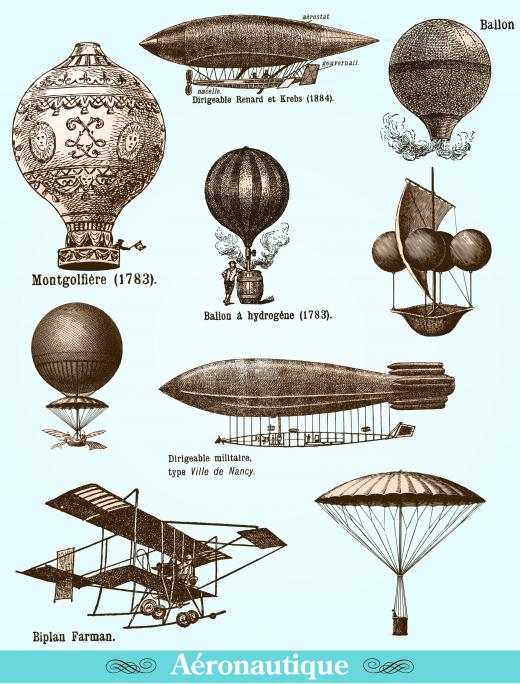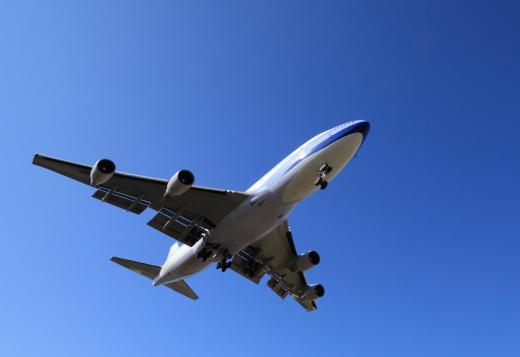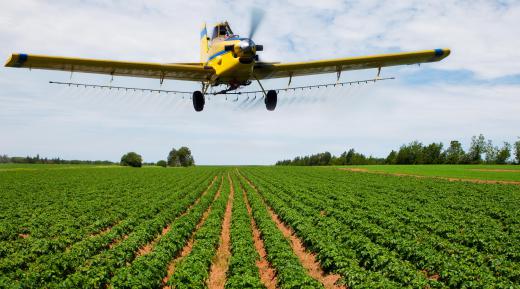What is Aerospace Engineering?
Aerospace engineering uses the physical sciences to design solutions to practical problems involving fluid flow. It is closely related to mechanical engineering, which students often study before aerospace topics. In the workplace, it is a field that makes extensive use of computer technology in the design stage. Aerospace engineers often work for the airline industry, the military or the space program.
The sciences of physics and chemistry underlie aerospace engineering. In particular, the field is usually concerned with fluid flow past a rigid object, rather than just interactions between rigid objects. The discipline that seeks to understand fluid flow is called fluid mechanics. The engineering part of aerospace engineering refers to the application of this knowledge to building practical devices.

Both bachelor's and graduate degree programs exist for aerospace engineering. For undergraduate degrees, however, the field is often combined with a mechanical engineering curriculum. Many universities do not offer the degree at the undergraduate level at all. When an aerospace program is offered, it typically will share many common courses with the mechanical engineering pathway. The graduate level, on the other hand, can offer significant specialization within aerospace engineering.

Aerospace engineers are increasingly using computer tools in their professions. These can be useful in modeling fluid flow, which is typically too complex to predict and visualize using hand calculations. Computers, however, can perform millions of calculations and solve previously unsolvable problems. Since fluids behave in predictable ways, a computer can combine many predictions to show how a larger system would behave.

Apart from the civilian airline industry, aerospace engineers often find employment with the military or its contractors. The military employs aerospace engineers to develop a variety of aircraft and missiles for defense. They also may work on making ships more aerodynamic in the water. In fact, aerospace engineers have worked in the automobile industry to make the shapes of cars more aerodynamic. By designing the body of cars in a particular way, engineers can make them more fuel-efficient or more stable at high speeds.

Another area in which aerospace engineers work is the civil space program. The civil space program is typically led by government agencies, such as America’s National Aeronautics and Space Agency (NASA). Space agencies employ aerospace engineers directly and hire them as contractors. These agencies pursue goals such as the exploration—both manned and robotic—of the moons, planets and asteroids of the solar system. Since spacecraft must pass through the atmosphere on rockets, aerospace engineers play a crucial role in successful space missions.
AS FEATURED ON:
AS FEATURED ON:

















Discuss this Article
Post your comments